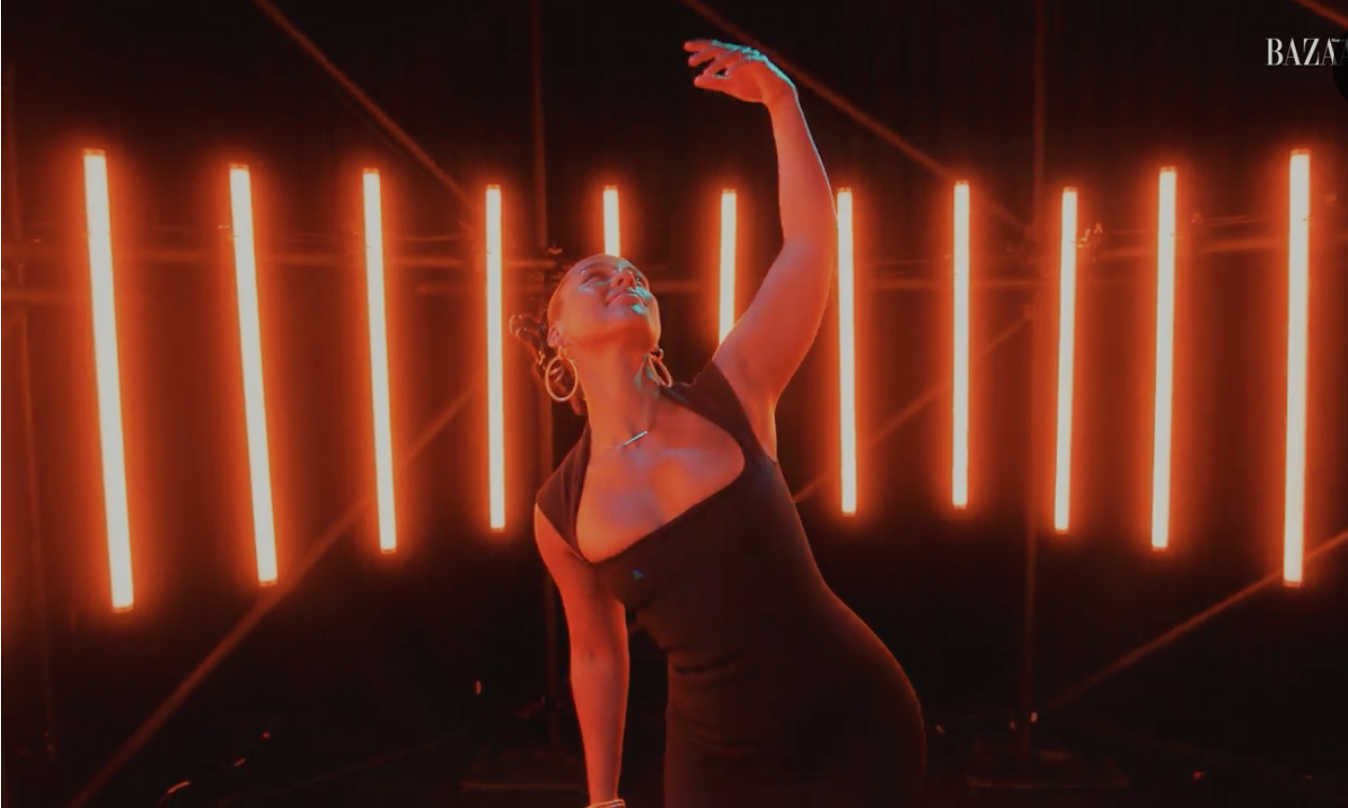Innov Gnawa — “Banwari” Gnawa Performance
Recorded and filmed on June 7th, 2015 at the Xoomba Loft in Brooklyn, NY Recording engineer: Tyler Wood, ...
An odor of sandalwood and musc floating in a dark room, lit by candles and artisanal handicraft objects, dark-skinned men, wearing ganduras and cords around their heads, getting ready to play the ‘gembri’, and enlighten the scene…Such a scene, blending music and spirituality, occurs weekly in a country like Morocco.
At the crossroads of Africa, Europe and the Middle-East, Morocco’s musical culture is at the image of the country’s ethnical diversity. In his Tableau de la musique marocaine, Alexis Chottin reminds us of Morocco’s unique spot as both a “member of the Muslim family” and Northern-African country. As such, its musical culture bears witness to its complex history of slavery, racism and Islamic spirituality, interwined in Gnawa culture.
Gnawa band performing in streets of Casablanca
The Gnawa people are descendants of slaves brought from sub-Saharan Africa by Arab slave traders. Once settled in Morocco, Gnawas were discriminated against by Amazigh and Arab-Moroccans. Over time, the freed slaves created their own community, one in which they were able to survive and develop a set of practices rooted in both Moroccan-Arab and Sub-Saharan traditions.
The community became known as the Gnawa mystic order because its members combined Islamic traditions and animist pagan African rituals.
On one hand, Gnawas contend that their spiritual practices are tightly linked to Sufism, the mystical branch in Islam. They claim to ‘spiritually descend’ from the first muezzin in Islam, Sidi Bilal, and to have, as a result, the power to heal ‘spiritually ill’ people. In this context, a ‘spiritually ill’ person is one that is possessed by spirits, or ‘djinns’, invisible creatures whose existence is recognized by Islam.
On the other hand, Gnawa people believe that they can use animism-rooted rituals and practices, combined to Islamic elements, in ceremonies aimed to heal people, the most renowned one being the ‘Hadra’ ritual.
‘Hadra’ ritual scenes
The ‘Hadra’ is a night-ritual combining musical and spiritual elements, organized by a Gnawa band to heal ‘possessed’ patients. The band, referred to as an orchestra, is composed of the ‘m‘allem’, -lead musician and master-, who plays the ‘gembri’, — a three-stringed bass lute-tambour-, the ‘tbel’, or drums, player, and ‘garagb’,-metallic castanets-, players.
During the ceremony, the Gnawa master plays the ‘gembri’, accompanied with the sounds of ‘garagb’, drumming, and clapping of the other members. Combined with their chants of Islamic invokations and African prayers, the orchestra members enter a state of hypnotism and heightened consciousness through which they invoke spirits of ancestral saints.
The combination of such elements is believed to induce a state of trance affecting all people present during the ceremony. More specifically, it is the complexity behind the “polyrhythmic texture with both instruments alternating between binary and ternary beat patterns”, which results in a mystical and ‘transcendental’ downbeat.
While exchanging with spirits, Gnawas attempt to make pacts with the latter to gain their protection against diseases, bad luck, poverty, etc
A ‘Hadra’ ceremony, “La nuit de la transe des Gnawa, VOB”
In addition to its spiritual function, Gnawa music is also used as an socio-political weapon to fight against extremist forms of behaviors, be it racism, or terrorism.
Gnawa from Association ‘Jodor Gnawabaynin’
Gnawa songs’ lyrics often promote positive values and advocate for race equality, tolerance, peace, respect for all humans, and universal love. As a result, Gnawa music began to be used as a socio-political tool against extremist group behaviors, such racism and Salafist islamism.
It is no wonder then that Gnawa music gradually became known on the international scene and gained a worldwide appeal. Over the past years, collaborations between Gnawa musicians and international music bands multiplied, often creating innovative fusion music, blending traditional North-African sounds with contemporary Western musical themes, turning Gnawa music into one of the most popular African musical genres.
“Toura Toura,” Innov Gnawa — Fusion Gnawa and Western Music
Bibliography :
“Morocco”, introductory article at www.nationsencyclopedia.com/Africa/Morocco .
Broughton, Simon, Ellingham, Mark, World music: Africa, Europe and the Middle-East
Le Comte, Henri, Maroc en musiques, “Cahiers d’ethnomusicologie”
El Hamel, Chouki, Black Morocco: a History of slavery, race and Islam
Sung, Maisie, “Music of the Gnawa of Morocco: Evolving Spaces and Times” , at https://circle.ubc.ca/bitstream/handle/2429/42171/ubc_2012_spring_sum_maisie.pdf?sequence=1)
Infante, Sergion,”Sonic Solidarities in Francophone North Africa, 1930-Present”, in the Yale Review of International Studies Second Place — From Pan-Arabism to Pan-Africanism
« La culture gnaoua est devenue le visage musical du Maroc », article by Hichad Aidi published in « Le Monde « on http://www.lemonde.fr/afrique/article/2016/05/17/la-culture-gnaoua-est-devenue-le-visage-musical-du-maroc_4921013_3212.html#RuPBGAZSFFrSFDGR.99

















































































